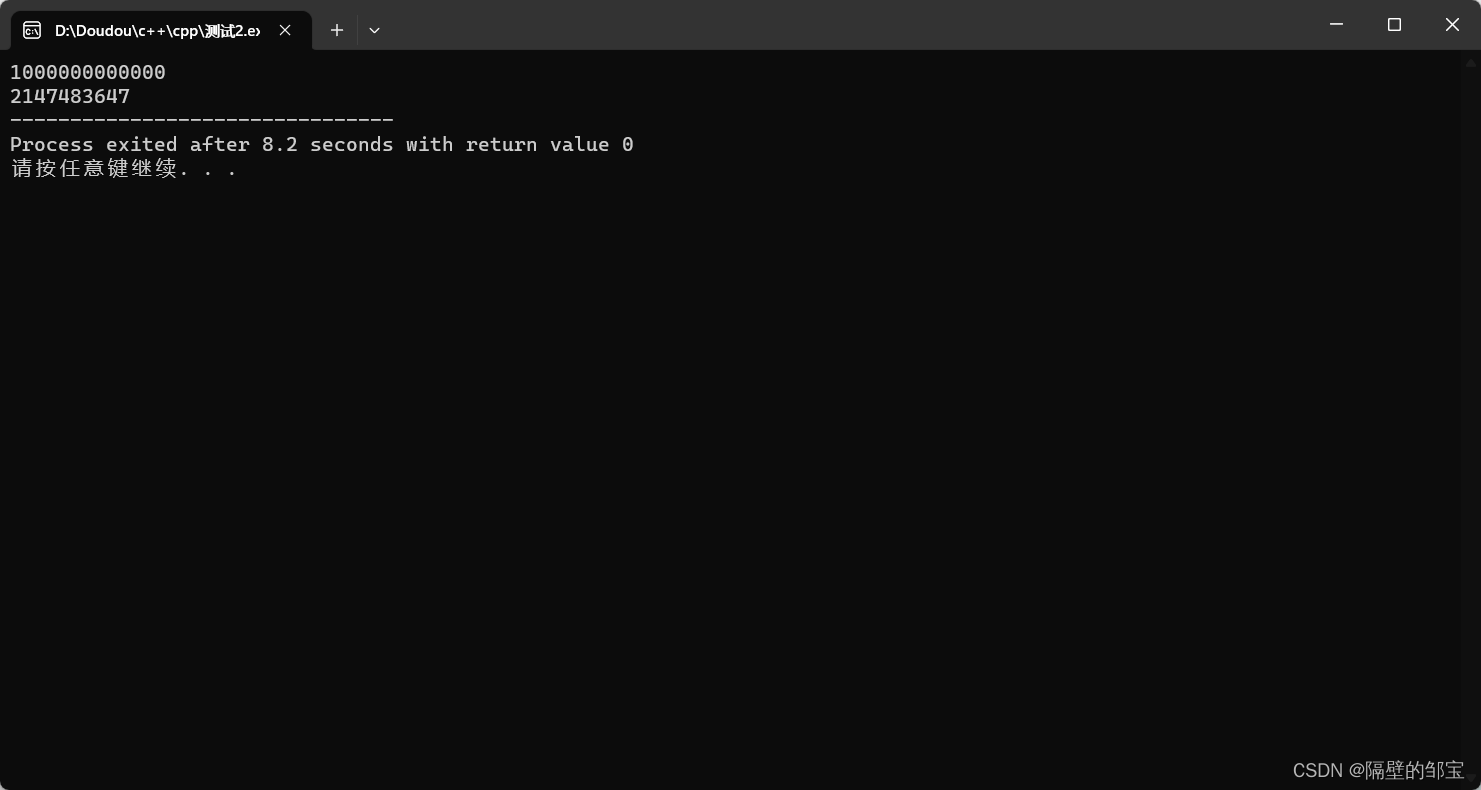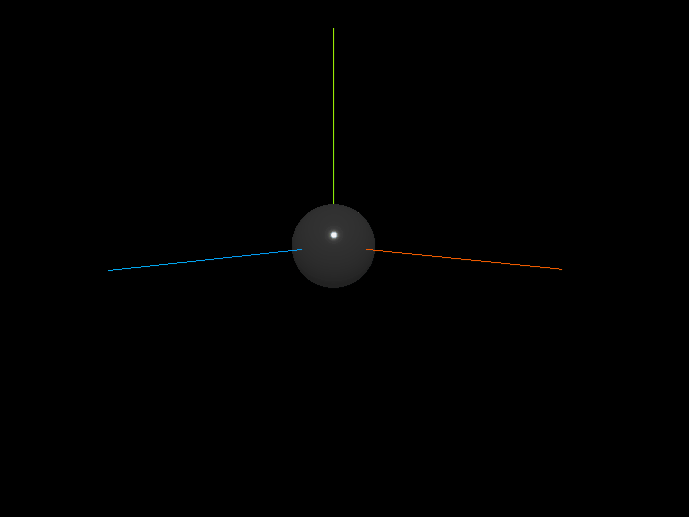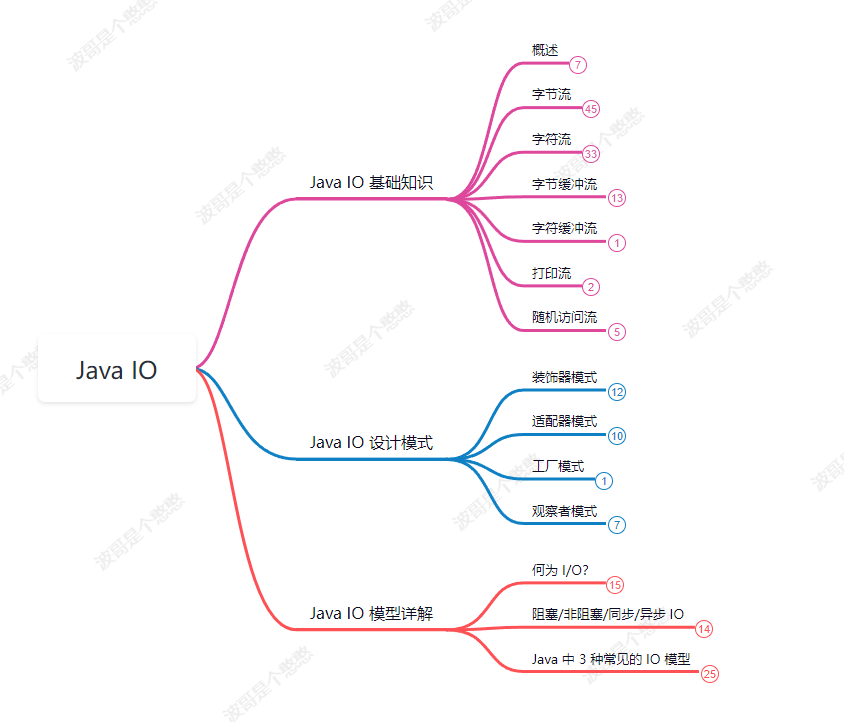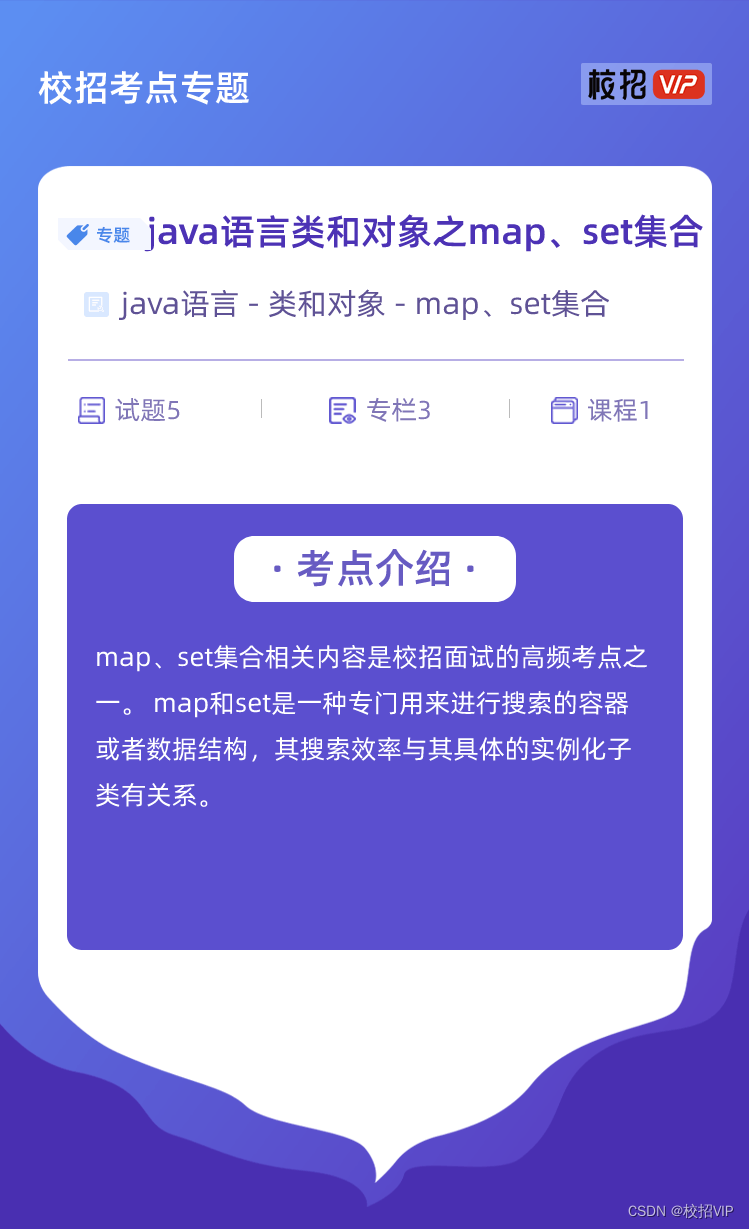搭建python flask服务的步骤
1、安装相关的包
具体参考https://blog.csdn.net/weixin_42126327/article/details/127642279
1、安装conda环境和相关包
# 一、安装conda
# 1、首先,前往Anaconda官网(https://www.anaconda.com/products/individual)下载适合您的Linux版本的Anaconda安装文件。# 2、下载Anaconda安装文件
wget https://repo.anaconda.com/archive/Anaconda3-2023.07-2-Linux-x86_64.sh
# 3、安装conda
bash Anaconda3-2023.07-2-Linux-x86_64.sh# 4、conda --version
如果输出了Anaconda的版本号,则安装成功。## 二、创建canda的虚拟开发环境 py36# 1、创建canda的虚拟开发环境 py36
conda create --name py36 python=3.6# 2、进入虚拟开发环境
conda activate py36# 3、退出虚拟环境
conda deactivate## 三、安装flask相关的包
conda install flask
conda install scikit-learn2、搭建flask服务代码
1、训练模型并保存模型
model.py
from sklearn.ensemble import RandomForestClassifier
from sklearn.model_selection import train_test_split
from sklearn.datasets import load_iris
import pickle# 加载iris数据集,并进行最简单的训练过程,可以自行扩展
iris = load_iris()
X = iris.data
y = iris.target
X_train, X_test, y_train, y_test = train_test_split(X, y, test_size=0.3, random_state=42)
classifier = RandomForestClassifier()
classifier.fit(X_train, y_train)
print(classifier)将模型保存为pkl格式,准备应用层调用
pickle.dump(classifier, open("./model.pkl", "wb"))2、启动flask服务
app_demo.py
import numpy as np
from flask import Flask, request, jsonify, render_template
from flask_cors import CORS
import pickleapp = Flask(__name__,template_folder='../templates')model = pickle.load(open('model.pkl', 'rb'))
@app.route('/')
def home():return render_template('index.html')@app.route('/results', methods=['POST'])
def results():data = request.get_json(force=True)print(data)prediction = model.predict([np.array(list(data.values()))])# 将预测结果放在字典中output = {'prediction': int(prediction[0])}# 将字典转换为 JSON 格式并返回return jsonify(output)
if __name__ == "__main__":app.run(debug=True) 3、调用flask服务的客户端代码
request_demo.py python客服端代码
import requests
url = 'http://localhost:5000/results'
r = requests.post(url,json={'Sepal_Length':5,'Sepal_Width':2, 'Petal_Length':4, 'Petal_Width':2})
print(r.json())FlaskClient.scala scala客户端代码
package com.demoimport java.net.URLimport org.apache.http.client.methods.HttpPost
import org.apache.http.entity.StringEntity
import org.apache.http.impl.client.HttpClientBuilder
import org.json4s._
import org.json.JSONObject
import org.apache.http.util.EntityUtils
import org.json4s.jackson.JsonMethods.parseobject FlaskClient {implicit val formats = DefaultFormatsdef main(args: Array[String]): Unit = {val url = new URL("http://localhost:5000/results")// 构造JSON对象val data = new JSONObject()data.put("feature1", 1)data.put("feature2", 2)data.put("feature3", 3)data.put("feature4", 4)// 将JSON对象转换为字符串val json = data.toString()val post = new HttpPost(url.toURI)post.setEntity(new StringEntity(json))post.setHeader("Content-type", "application/json")val client = HttpClientBuilder.create.buildval response = client.execute(post)val entity = response.getEntityval result = EntityUtils.toString(entity)val prediction = (parse(result) \ "prediction").extract[Int]println(prediction)}
}http客户端代码 templates/index.html
<!-- index.html -->
<!DOCTYPE html>
<html >
<head><meta charset="UTF-8"><title>ML API</title>
</head>
<body>
<div class="login"><h1>Flower Class Prediction</h1><form action="{{ url_for('predict')}}"method="post"> <!-- 这一块是用户输入自定义数据 --><input type="text" name="Sepal_Length" placeholder="Sepal_Length" required="required"/><input type="text" name="Sepal_Width" placeholder="Sepal_Width" required="required" /><input type="text" name="Petal_Length" placeholder="Petal_Length" required="required"/><input type="text" name="Petal_Width" placeholder="Petal_Width" required="required" /><button type="submit" class="btn btn-primary btn-block btn-large">Predict</button></form><br>{{ prediction_text }} <!-- 这一块是模型输出结果 -->
</div>
</body>
</html>3、flask服务的运行
1、调试环境
# 1、启动flask服务
python app_demo.py
# 2、客户端请求flask服务
# 2.1 python客户端
python request_demo.py # 2.2 scala 客户端java -cp target/xx-2.0.0-SNAPSHOT-jar-with-dependencies.jar com.xx.FlaskClient# 2.3 http客户端
http://127.0.0.1:5000/predict 2、生产环境部署
uWSGI:uWSGI是一个高性能的WSGI服务器,支持多种编程语言和应用程序框架,包括Flask。可以使用uWSGI来部署Flask服务
uwsgi安装
conda install uwsgi --no-deps # 使用--no-deps选项:这将跳过依赖项部署 参考:https://juejin.cn/post/7014036187937505317
配置文件uwsgi.ini 文件
`[uwsgi]http = 127.0.0.1:5000wsgi-file = app_demo.pycallable = app`
准备好配置文件后
# 启动uwsgi服务
uwsgi --ini uwsgi.ini
# 停止uwsgi服务
uwsgi --stop uwsgi.pid
# 重启uwsgi服务
uwsgi --reload uwsgi.pid





